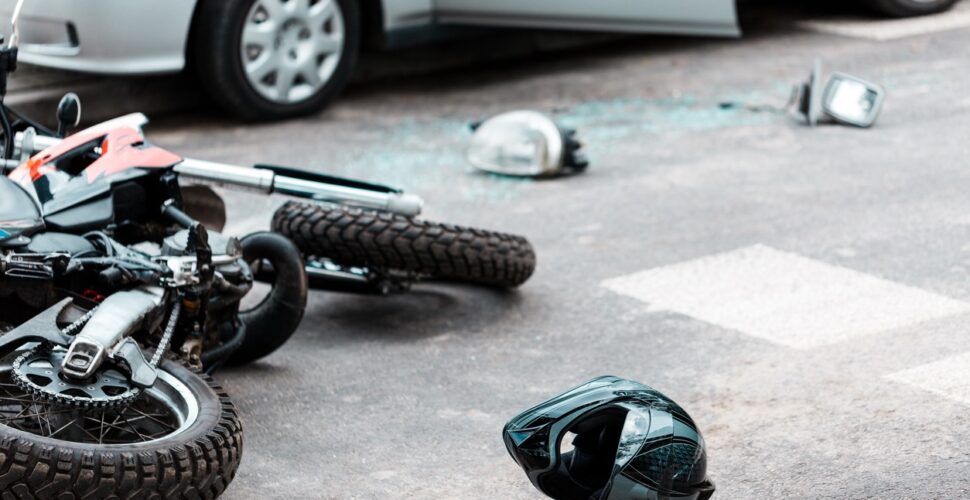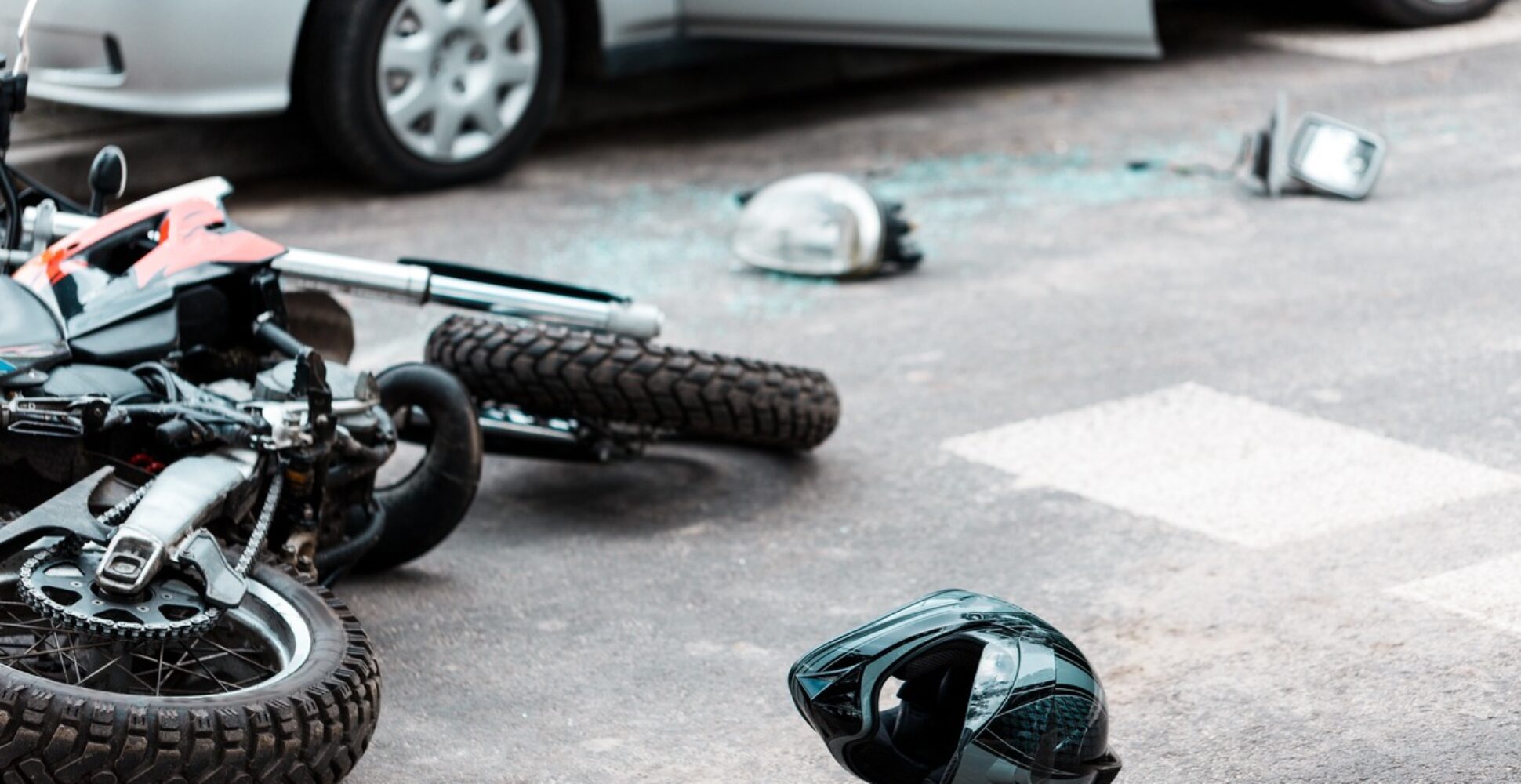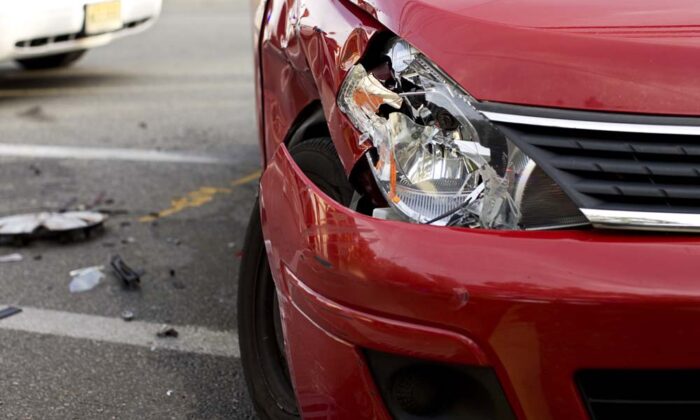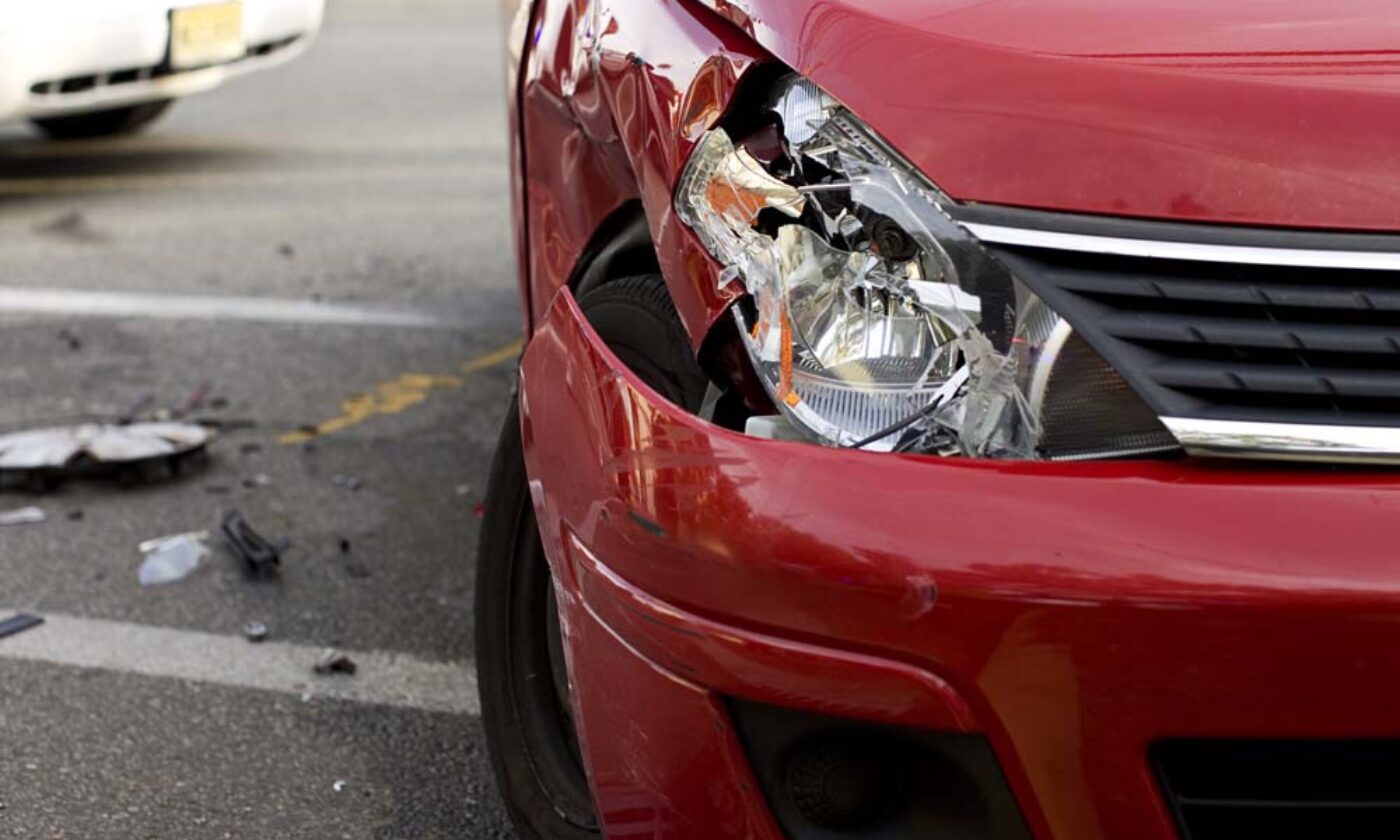Motor Vehicle Accidents
What To Do After a Motor Vehicle Accident


The aftermath of a motor vehicle accident is a time fraught with high emotions. But it’s important to stay calm and take the right steps to ensure your safety and cover you for the damages.
In this guide, we will go into detail about what to do after a car accident. These are the key takeaways that you will learn by the end of this article:
- What you should do if you were in a car accident
- When you should all the police
- Whose insurance you should call if someone hit your car
- Who can make a car accident claim
- What happens if no one was at fault
- How to make a car accident claim
What should you do if you’ve been in a car accident?
Below are five steps that you should follow immediately after a car crash.
- The first thing to do after a motor vehicle accident is to stop immediately and make sure you, your passengers, and the other driver and their passengers are okay. If someone has suffered a serious car accident injury and needs urgent medical treatment, or if the crash has caused a significant threat to the safety of other motorists, it’s best to call 000 immediately.
- If possible, move the vehicles to the side of the road and out of the way of oncoming traffic. If it is not feasible or safe to do this, put your hazard lights on and request assistance to redirect traffic flow away from the crash site.
- Now is the time to exchange details (i.e., names, contact details, addresses, licence and registration numbers, insurance details) with the other drivers involved in the accident; take photos of any damage done to your vehicle; and ask for testimonies and contact details from witnesses (if there are any).
- Call your Compulsory Third Party (CTP) insurer to let them know what happened. They will inform you of the next steps depending on the seriousness of the crash and your level of coverage. It’s important to do this as quickly as you can, so that the details of the crash will still be fresh on your mind.
- If your vehicle needs to be towed, find out if towing is covered under your insurer’s product disclosure statement. If so, then they should be able to order a tow truck to the location of the accident. If not, call for a tow yourself.
When should you call the police?
Police are required to attend the scene if the accident meets these major traffic crash criteria:
- Someone was killed, trapped, or injured
- A driver fails to stop and exchange details
- A driver is suspected as under the influence of drugs or alcohol
- The crash caused road hazards
- The crash damaged someone else’s property
If the car accident doesn’t meet these criteria, police may still opt to attend if traffic needs to be redirected; if there are safety risks at the scene; or if a bus or truck needs to be towed. Ultimately, it is a matter of police discretion.
If you have been involved in a motor accident where any of the following circumstances occurred, police may not necessarily need to attend, but you must still report the crash within 24 hours:
- If your vehicle or any other needs to be towed away
- If there is property damage that resulted from the crash
- If any animal has been injured
- If you can’t provide particulars to the other driver or other owner of damaged property
Finally, your state may require a police report to begin the claims process, regardless of whether a police officer attended the accident or not. In NSW, for example, you must file one within 28 days of the date of the crash.
If someone hit my car, whose insurance should I call?
If you weren’t at fault for your car accident, you should still call your own car insurer and file a claim. While you’re speaking with them, give them the contact information, registration number, and insurance details of the individual who hit you (you can also give them the police report number if an officer attended the scene).
If your claim is approved, your provider will initiate the payout. After that, they will reach out to the other driver’s insurer to collect damages.
Who can make a car accident claim?
You may be surprised to learn that you can make a car accident claim even if you weren’t a driver — or even riding in a car.
Below is a list of the types of individuals who, if they were involved in a crash, are eligible to make an accident claim on their CTP insurer.
- Car drivers
- Car passengers
- Bus passengers
- Taxi passengers
- Pedestrians
- Cyclists (bicycle or motorcycle)
- Pillock passengers
It is important to note that even if you were partially responsible for the accident, you may still make a claim, although you will receive less compensation as a result. You may be considered partially responsible if you were:
- Not wearing a seatbelt
- Driving under the influence
- Driving at unsafe speeds
- Not wearing a helmet (for cyclists)
What is considered to be a minor car accident?
Most vehicular crashes in Australia are categorised as minor car accidents. A minor car accident is one where a collision occurred at a low speed and resulted in only minimal damage to the vehicles involved. There were also no serious injuries or deaths involved, nor were any of the drivers under the influence of drugs or alcohol.
What is the minor car accident procedure?
Here is the procedure you should follow if you find yourself in a minor car accident:
- If it’s safe and your car is still functioning, pull over to the side of the road or into a nearby parking lot away from traffic. If this isn’t possible, turn on your hazard lights and direct traffic away from your vehicle.
- Exchange details with the other driver. Once again, you should obtain their name, phone number and address, address, insurance details, licence number, and registration number.
- Take photos of the damage done to both vehicles and obtain testimony and contact details from any witnesses of the crash.
- Contact your insurer and let them know about the crash, so that they can start the car accident claim process.
What happens if no one was at fault?
There might be an occasion in which you were involved in an accident where no one was at fault – these are called “blameless accidents”. Examples of this might include:
- The other driver experienced a heart attack at the wheel
- The other driver experiencing mechanical failure with his car
- Unavoidable collisions with an animal on the road
In a blameless accident, you can still make a claim for personal injury compensation.
Guide to making a car accident claim
One of the most important steps to take after a car accident (besides tending to your injuries and facilitating everyone’s safety) is filing a claim with your CTP insurer. You should do this as quickly as possible after the accident occurs.
Below, we guide you through the process of making a car accident claim in Australia.
What is a car accident claim?
A car accident claim is a claim you make on your CTP insurer. If it is approved, your insurer may cover you financially for any damages and expenses (including medical bills) that resulted from a crash that you were involved in.
How long after a car accident can you file a claim in Australia?
After you suffered a car crash, you have a certain amount of time during which you can file an accident claim with your insurer. The length of the time period varies by provider as well as by which state you reside in.
Below is a table that outlines the time limitations for making a car accident claim on your CTP insurer in Australia by state/territory.
| State | Time To File a Car Accident Claim (from date of accident) |
| New South Wales |
|
| Victoria | |
| Queensland |
|
| Western Australia | |
| South Australia | |
| Tasmania | |
| Northern Territory | |
| Australian Capital Territory |
|
How do you make a motor vehicle accident claim?
The process of making a claim also varies depending on what state you live in, as well as by how much compensation you wish to claim. But in general, these are the steps you should follow.
- Gather evidence for your claim, including photos of the damage done to your vehicle and eyewitness accounts.
- Some states (like NSW) require a police report of an accident to process your claim. If that is the case where you live, be sure to file a police report as soon as possible. If not, and if a police officer did not attend the scene, proceed to step 3.
- See a doctor and get a health assessment, even if you don’t feel your injuries are bad. Keep copies of any test results, receipts, and prescriptions from your appointments.
- Contact your CTP insurer and file a claim over the phone or online within the time period prescribed by your state.
- Wait up to 10 business days for your insurer to contact you. At that time, they will approve or deny your claim or ask for more information. Have all your evidence ready in case they ask for it.
What happens after you submit my motor vehicle accident claim?
After submitting your claim, your CTP insurer will investigate the accident. During this time, you may be required to supply photos, medical documents, or police records to support your claim. Within 3-6 months (depending on the state you live in), they will let you know whether they have accepted fault for the accident, also known as liability.
There are three possible outcomes to your claim:
- Liability has been accepted and the insurer will pay reasonable compensation.
- Liability has been accepted with contributory negligence. This means that the insurer believes you are partially at fault for the accident and the amount of compensation you receive may be reduced.
- Liability has been denied and the insurer will not pay any compensation.
If you are unhappy with the decision of the insurer (whether it’s for liability acceptance or the amount of compensation issued), you may need to renegotiate with them. If a resolution still cannot be reached, you may need an external body to resolve the dispute or (as a last resort) take the matter to court.
Things to remember
For insurance purposes, do not admit responsibility or publicly admit your guilt if you believe you were not at fault for your vehicle accident. While this can seem like the most natural thing to do after an accident, it’s important to remember that at-fault law is very complex. Ultimately, the insurance companies or the Court will determine fault, not you.
If you think you need legal help to guide you through the claims process, or to negotiate or dispute a liability or compensation verdict, contact LHD Lawyers as soon as possible. We can help you through this difficult time and ensure you understand your legal rights. We can also let you know how much time you have to make a claim based on the time limit on motor vehicle accident claims in your state.
Make a motor vehicle accident claim today
For more information about your rights and responsibilities after a motor vehicle accident, and to enquire about our No Win No Fee policy for compensation claims, contact us for a free consultation or call 1800 455 725.
Read more about TAC claims in Victoria, CTP claims in NSW, motor vehicle accidents in Tasmania and our guide to car accidents compensation in WA on our site.

Check if you’re eligible or get free claim advice now



